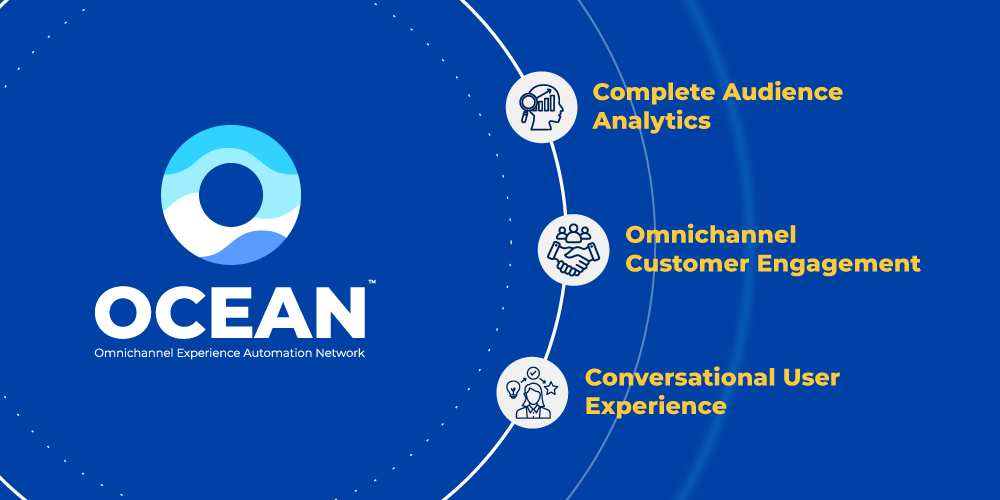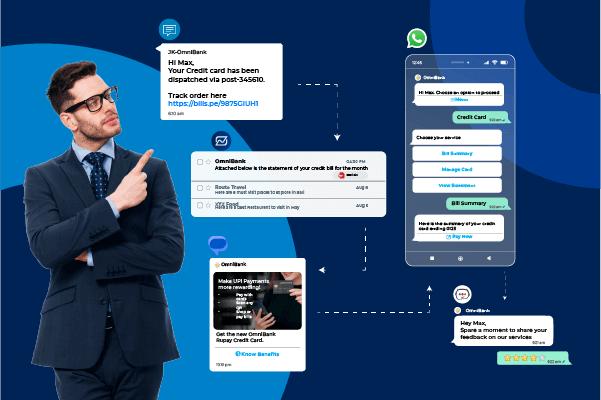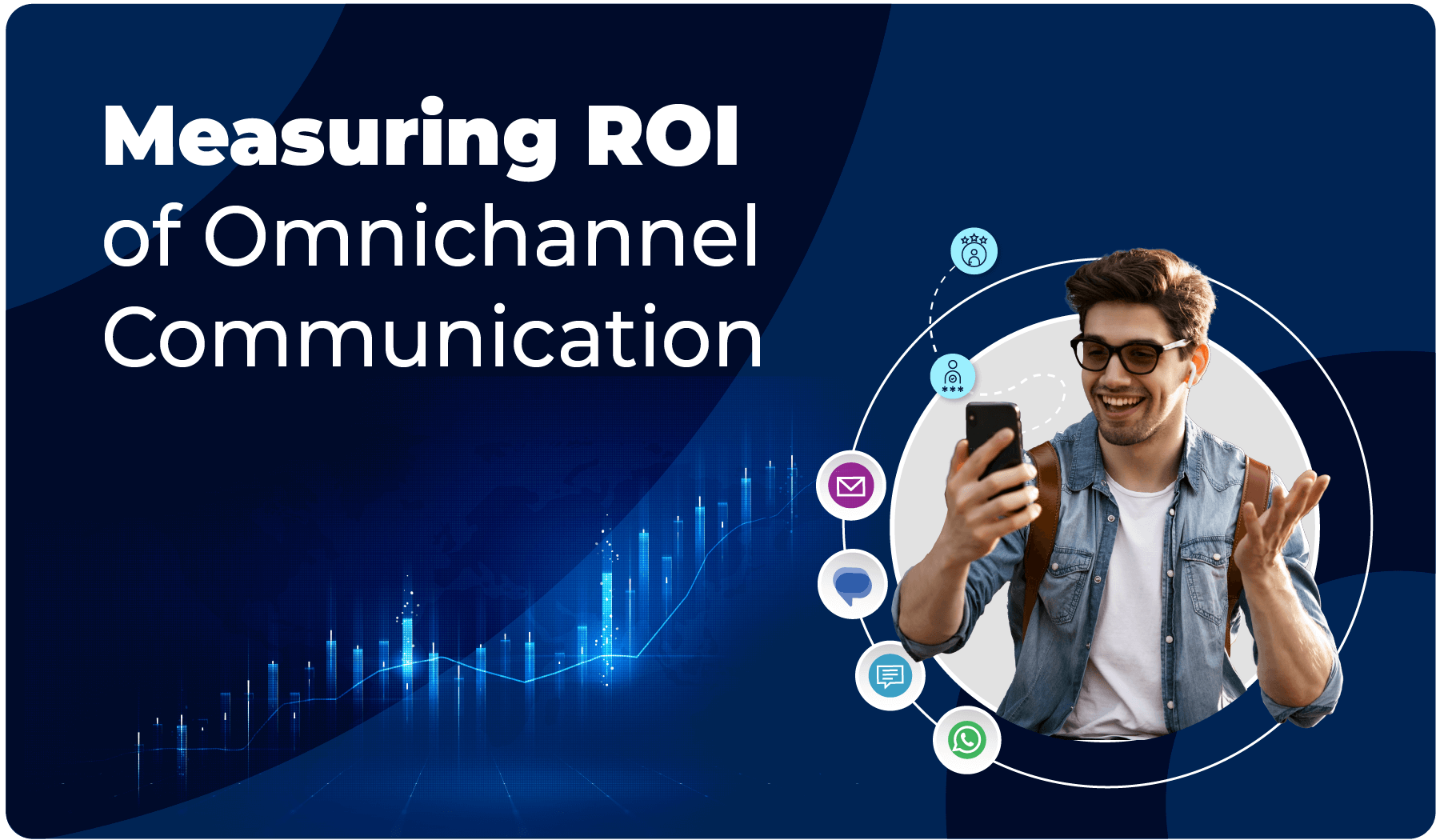
Omnichannel communication involves seamlessly integrating multiple channels, such as email, social media, phone, and in-person interactions, to provide customers with a unified and consistent experience. While it undoubtedly enhances customer engagement, how can companies measure the return on investment (ROI) of their omnichannel communication efforts? In this article, we explore various strategies and provide real-world examples to help organizations evaluate the effectiveness of their omnichannel strategies.
Defining ROI in Omnichannel Communication
In the realm of omnichannel communication, ROI goes beyond monetary gains. It encompasses improved customer satisfaction, increased brand loyalty, and long-term customer lifetime value. These qualitative aspects often intertwine with quantitative metrics when evaluating ROI.
Table of Contents:
- 1. Quantitative Metrics for ROI Measurement
- 2. Qualitative Metrics for ROI Measurement
- 3. Combining Quantitative and Qualitative Metrics
- 4. Implementing ROI Measurement Strategies
Quantitative Metrics for ROI Measurement

CAC measures the resources required to acquire a new customer. By comparing CAC before and after implementing omnichannel communication, businesses can gauge whether their investments are attracting customers more cost-effectively.
Example: A retail company introduced an omnichannel marketing campaign and noticed that their CAC decreased by 20% over a year. This reduction indicated that the omnichannel strategy was more efficient in acquiring new customers.
Customer Retention Rate
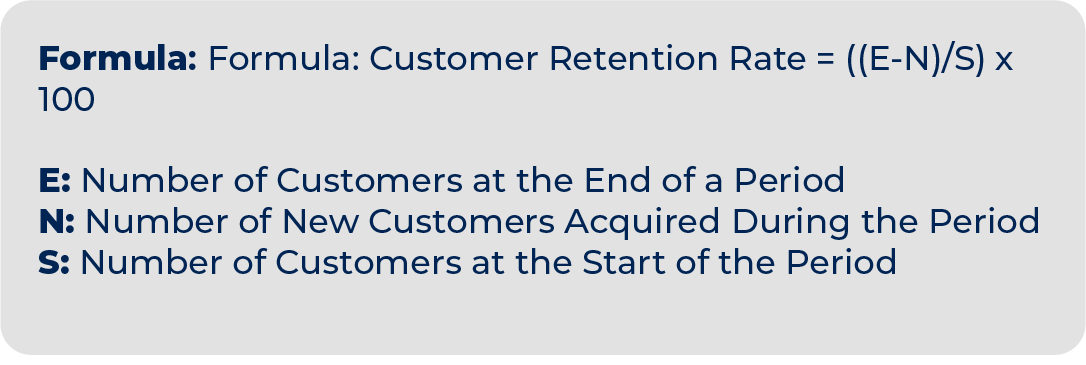
This metric measures how well a business can retain its customers over time. A higher retention rate signifies that omnichannel strategies are keeping existing customers engaged.
Example: A subscription-based streaming service implemented personalized omnichannel communication strategies, resulting in a 10% increase in their annual customer retention rate. This indicated that the omnichannel approach positively impacted customer loyalty.
Customer Lifetime Value (CLV)

CLV estimates the total revenue a business can expect from a single customer throughout their relationship. An increase in CLV suggests that omnichannel efforts are enhancing customer relationships, leading to more extended and profitable associations.
Example: An e-commerce business invested in omnichannel customer support, leading to a 15% increase in the average customer’s lifetime value. This demonstrated that omnichannel communication positively impacted customer value.
Conversion Rate

Conversion rate measures the percentage of potential customers who take a desired action, such as making a purchase or signing up for a newsletter, after engaging with omnichannel communication.
Example: A software company integrated chatbots across its website and mobile app. As a result, they observed a 25% increase in their conversion rate. This indicated that omnichannel strategies were driving more users to take desired actions.
Qualitative Metrics for ROI Measurement
Now, let’s delve into the driving forces behind the shift to omnichannel communication
Net Promoter Score (NPS)
NPS gauges customer loyalty and satisfaction by asking a simple question: “On a scale of 0 to 10, how likely are you to recommend our product/service to a friend or colleague?” Customers are categorized as Promoters (9-10), Passives (7-8), or Detractors (0-6).
Example: An insurance company implemented an omnichannel feedback system and saw its NPS score rise from 30 to 50 in six months. This indicated that customers were more satisfied and more likely to recommend the company, indirectly contributing to increased sales.
Customer Satisfaction (CSAT)
CSAT measures overall customer satisfaction by asking a question like, “How satisfied are you with your experience with our company?” Customers rate their satisfaction on a scale, typically from 1 to 5 or 1 to 7.
Example: A fast-food chain introduced omnichannel ordering and delivery options, leading to an average CSAT score increase from 3.8 to 4.5. This suggested that the omnichannel approach enhanced the overall customer experience.
Social Media Sentiment Analysis
Social media sentiment analysis involves tracking and analyzing mentions of a brand or product on social platforms to determine whether the sentiment is positive, negative, or neutral.
Example: An electronics manufacturer used sentiment analysis tools to monitor social media discussions after launching an omnichannel marketing campaign. They observed a significant increase in positive sentiment, indicating that the campaign was well-received by the audience.
Combining Quantitative and Qualitative Metrics
To gain a comprehensive understanding of the ROI of omnichannel communication, businesses should combine both quantitative and qualitative metrics. For instance, while quantitative metrics like CAC and CLV provide financial insights, qualitative metrics like NPS and sentiment analysis offer a holistic view of customer satisfaction and brand perception.
Implementing ROI Measurement Strategies
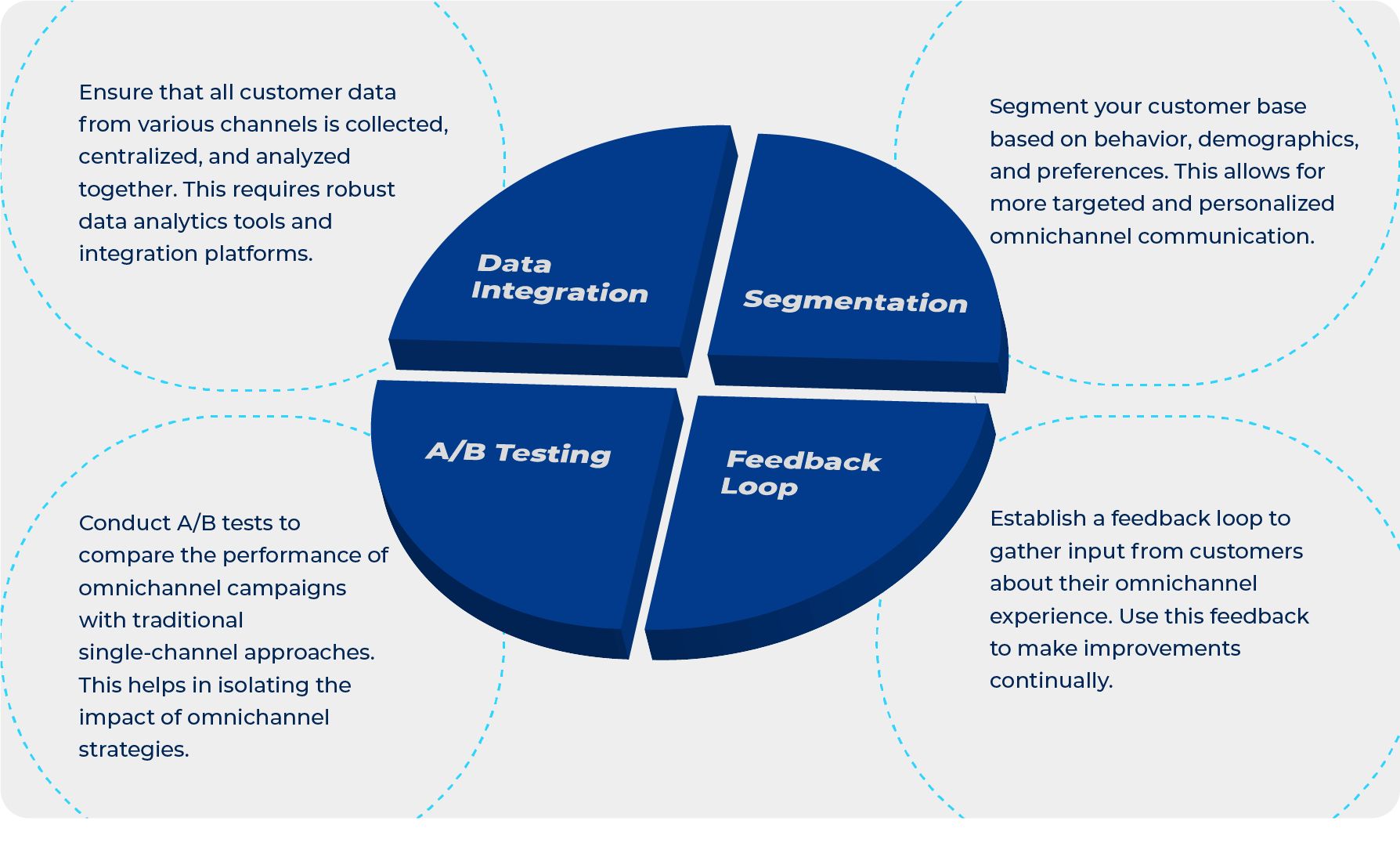
In a world where customer experience is paramount, investing in omnichannel strategies and measuring their ROI is a strategic imperative for businesses looking to succeed and thrive. OCEAN, which stands for Omnichannel Experience Automation Network, is a CX suite developed by Route Mobile. It enables a seamlessly unified, omnichannel marketing approach, simplifying workflows, enhancing efficiency, and allocating resources optimally. It eliminates the need for in-house expertise in setting up cross-channel campaigns.
If you’re ready to take your omnichannel communication to the next level and explore the possibilities for your business, don’t hesitate to contact Route Mobile, a leader in omnichannel communication solutions, today.

